THE AUTOEXTREMIST
 Monday, April 9, 2012 at 05:39PM
Monday, April 9, 2012 at 05:39PM April 11, 2012
Design “me-too-ism” runs rampant as sameness creeps over the automotive landscape.
By Peter M. De Lorenzo
(Posted 4/9, 7:00 p.m.) Detroit. With the passing of Ferdinand “Butzi” Porsche last week – the son of Ferry Porsche and designer of the Porsche 901 concept (which became the iconic 911) – this business marks another milestone while giving us a moment to pause and think about a different time and a different era.
“Butzi” Porsche designed his 901 concept as the successor to the famed Porsche 356 at the age of 25. A restless, creative sort, Butzi couldn’t have imagined that the lines of his iconic 901 design would still resonate today, five decades later. Yet the Porsche 911, just reimagined again this year, remains the world’s greatest all-around sports car.
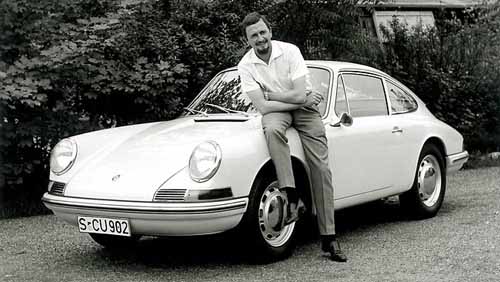
(Porsche)
"Butzi" Porsche and his famed 901 Porsche.
The nuances and subtleties of great automotive design have been a subject of my column many times over the last thirteen years. Perhaps it was the fact that I was immersed in this industry since birth, or perhaps it was because I had the privilege of being around some of the most legendary names in the automobile business during my formative years, but the visceral appeal of great automotive design has always been my favorite topic.
I’ve recounted many times for Autoextremist readers that GM’s Bill Mitchell, one of the most influential designers in automotive history, lived a block away from our family home growing up. And because my father was GM’s top PR executive and worked with Mitchell often, I was subsequently able to ride with the legendary designer in every significant GM concept car of the late 50s and early 60s, including the fabulous original Stingray. That was special enough, but I will also never forget the day Mitchell gave me a tour of his favorite design sketches and phenomenal automotive memorabilia collection. It’s like it was yesterday, and beneath Mitchell’s famously gruff exterior the enthusiasm and passion for his craft simply poured out of him. And it inspired my passion for this business from that day forward.
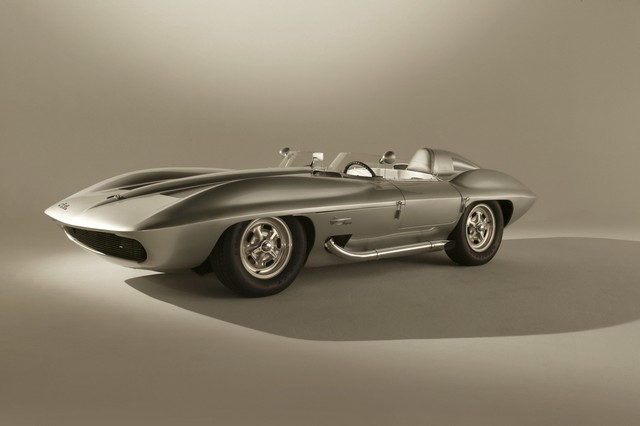 (GM)
(GM)
The original 1959 Corvette Stingray, still remarkable to this day.
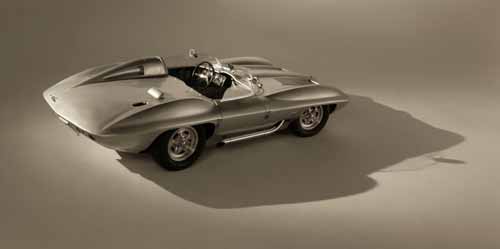
When I think of designers like Butzi Porsche and Bill Mitchell, I think of an era fueled by passion and bristling with unbridled imagination. An era when risks were taken and “blue sky” thinking was the norm. Remember this was an era when a groundbreaking design was unleashed at a major auto show every year, whether it came from a tiny carrozzeria in Italy, from one of Mitchell’s brilliant design teams, or from any number of gifted automobile designers from around the world.
I was reminded of this while at the New York International Auto Show last week. Even though it was probably the best New York show in years, if not decades, I was left with a feeling that something was missing, that for all of the promising production car concepts and actual production vehicles unveiled at the Javitz Center, this business has a creeping sameness about it that is becoming cloyingly – and annoyingly – claustrophobic.
The new Toytoa Avalon was unveiled, which looked somewhat similar to the all-new Chevrolet Impala, which also seemed to be influenced by the Hyundai Sonata to a degree. Then there was the new Nissan Altima, which blended in with the new Acura RL, and let’s not forget the Kia Optima and that the Buick LaCrosse probably influenced all of them. And then there’s the dramatic Ford Fusion and the promising Lincoln MKZ, both designs reaching outside of the current design box a little bit more but both threatened to be swallowed-up by the sameness of the others.
What is happening here? It’s as if an errant tidal wave of sameness has washed over the business like an unwelcome houseguest. It’s not just sameness, either. It’s a level of expectedness, one that suggests that as soon as a “new” car is unveiled you want to say out loud, “Of course it looks like that.” And two minutes later you’re looking at your watch checking to see when the next press conference will be.
How did we arrive at this “next wave” of design and have it be so remarkably, even painfully, similar? So similar, in fact, that we could throw a bunch of emblems into a box and stroll through the auto show placing them on cars with little rhyme or reason, and not really making a damn bit of difference as to the desirability of the brands involved.
Is it because the new wave of designers arrived at design school at about the same time and the influences are not only shared, but have become rote learning to a degree? How else can you explain designs that were started three and four years ago turning out eerily similar in shape and detail? More than just a little uncanny, it’s “me-too-ism” at its most predictable.
That’s not to say that there aren’t exceptional designers at work today all over the world and at every automaker, because there are. Toyota showed its surprisingly attractive NS4 concept at the Detroit Show, and it is head and shoulders above the new Avalon, which looks like Toyota’s version of the Buick LaCrosse.
 (Toyota)
(Toyota)
The Toyota NS4 Concept.
And GM, harkening back to its glory days, unveiled the simply scrumptious Cadillac Ciel last fall, which embodied everything a majestic Cadillac should look like… and more. But since GM marketers are hell-bent on having Cadillac go toe-to-toe against the German triumvirate (Audi-BMW-Mercedes-Benz) at all costs, the Ciel can only be viewed as homage to the GM “Styling” glory days of long ago and just that. But then again rumors persist that GM will bring a four-door sedan version of the Ciel to market here in the U.S. by 2015, and I can only hope that’s true because an unapologetic design point of view would be welcomed with open arms after living through this era of sameness.
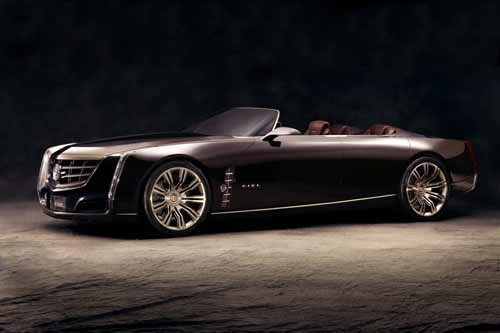 (GM)
(GM)
The Cadillac Ciel concept.
To me the essence of the automotive design business is having a definitive point of view. It’s absolutely essential, in fact. Butzi Porsche had a definitive point of view, which resulted in one of the greatest automotive shapes of all time. Bill Mitchell’s unmistakable feel for what looked good on the street influenced designers for decades to come. You only have to take one look at the tailored elegance of Mitchell’s beautiful 1963 Buick Riviera (below) to get what I’m talking about. And of today's machines, the Cadillac CTS Coupe is certainly one of the most expressive designs to come along in ages, and it upholds the GM "Styling" tradtion beautifully.
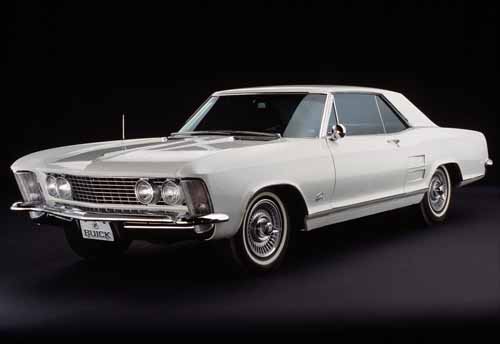 (GM)
(GM)
The 1963 Buick Riviera.
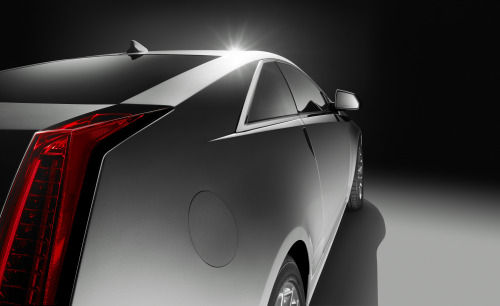
(GM)
The dramatic Cadillac CTS Coupe upholds the glorious tradition of GM "Styling" in its heyday, because it has a distinct point of view while flaunting its concept car look. The CTS Coupe is one of the design statements in the market today. - PMD
Design houses around the world must aim higher and reach further, because it is only then that greatness rises to the surface. Arriving at the Detroit and New York auto shows with a fleet of similar-looking cars is a travesty. Where is the reach? Where are the heightened expectations? Where is the “wow?”
Even Fiat-Chrysler’s big moment in the sun with the resurrected SRT Viper was a letdown because for all intents and purposes the car is a freshened rehash of a design that was tired a decade ago. Fiat-Chrysler designers pandered to the expected to appease the Viper’s loyal followers instead of taking the opportunity to do something completely new and unexpected, and it showed.
And one wonders what would have happened if Lincoln’s designers had taken a swing at coming up with a full-sized, four-door Continental instead of doing a new MKZ for the brand’s resurrection. It’s hard to forget Gerry McGovern’s Continental concept from a decade ago (below), which suggests to me that the rejuvenated Lincoln brand desperately needs a big, new Continental as soon as possible.
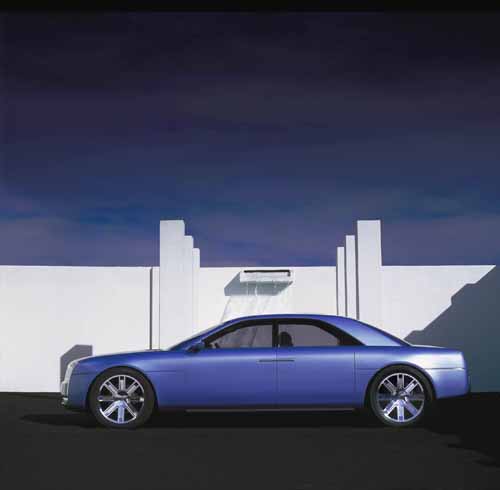 (Lincoln)
(Lincoln)
The Lincoln Continental Concept.
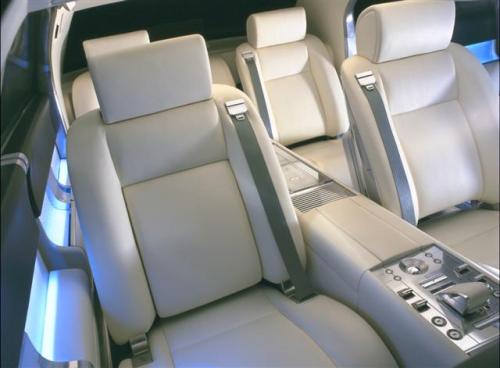
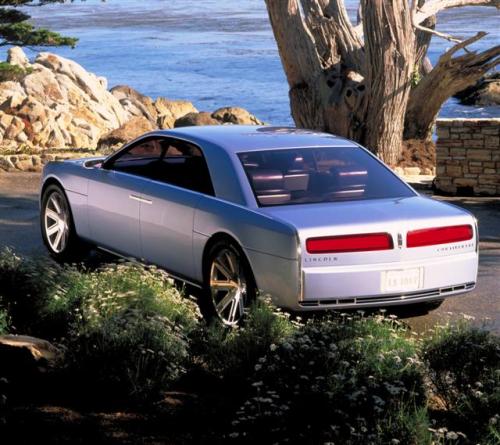
The sameness in design that has crept over the automobile business of late must be eradicated. At the very least it leads to a lack of enthusiasm in consumers’ minds, which is a giant bowl of Not Good unto itself, because if consumers are too bored or unmotivated to spend money, then guess what? They won’t. And this business will suffer greatly because of it.
Just how important is great design? It is and will continue to be the Ultimate Initial Product Differentiator in this business for the foreseeable future. Remember that the automobile business is as much a fashion business as the fashion industry. And I think that some of the young designers – and the people they work for – need to be reminded of that. It’s about creating that fundamental desire, in case you all forgot.
Design reach and design risk have to make a comeback in this business and soon, because “me-too-ism” in automotive design doesn’t signal competitiveness; it just signals a level of blandtastic mediocrity, with everyone aiming for the middle.
Yes, there are plenty of hot cars out there today (primarily in the luxury and hyper-luxury spaces), but when you wade into the mid-size and full-size segment, that’s simply not the case. Instead, it’s a meandering morass of sameness that seems to be going nowhere good.
And that’s the High-Octane Truth for this week.
THE ALL-NEW AE STORE IS HERE!
CLICK ON THE PIC BELOW TO CHECK IT OUT!
See another live episode of "Autoline After Hours" with hosts John McElroy, from Autoline Detroit, and Peter De Lorenzo, The Autoextremist, and guests this Thursday evening, at 6:00PM EDT at www.autolinedetroit.tv.
By the way, if you'd like to subscribe to the Autoline After Hours podcasts, click on the following links:
Subscribe via iTunes:
http://itunes.apple.com/WebObjects/MZStore.woa/wa/viewPodcast?id=311421319
Subscribe via RSS:
http://www.autolinedetroit.tv/podcasts/feeds/afterhours-audio.xml
If you would like to read previous Autoextremist issues, click on "Next Entry" below.






